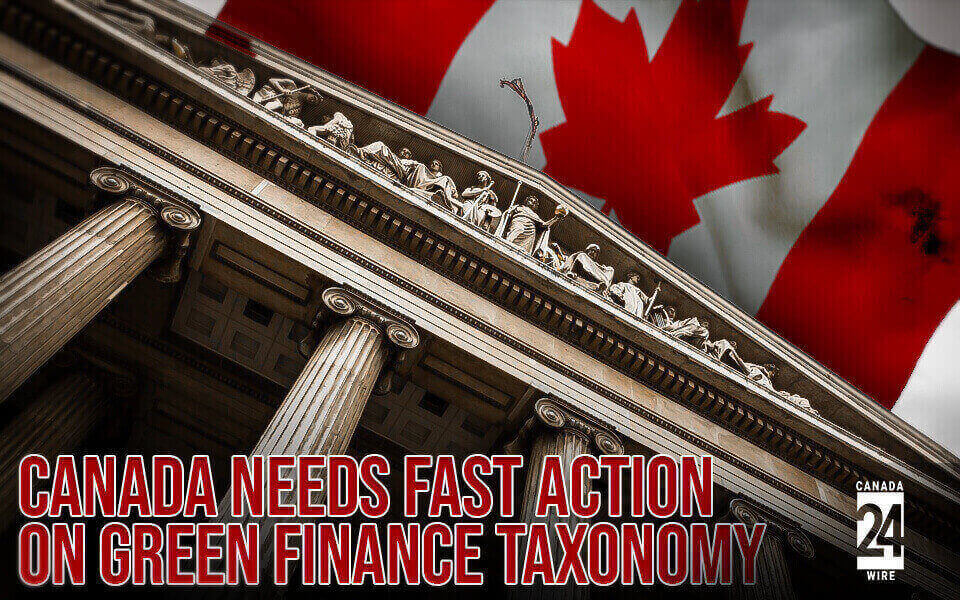The Government of Canada has committed billions of dollars in efforts to mitigate the consequences of climate change and promote sustainable economic growth to attain net-zero emissions by 2050. Despite this, the 2022 Federal Budget estimates that Canada will need to invest an additional C$115 billion annually to achieve a net-zero emissions economy by the year 2050.
To promote capital investments in green and transitional activities right away, especially in high greenhouse gas emitting industries, it is crucial to move rapidly on this problem together with necessary data and disclosure standards.
The fact that a green and transition taxonomy is urgently required not only to promote new private investment has been overlooked in the discussion up to this point. To fulfill our net-zero targets and promote broader clean growth outcomes, it can also be a crucial step in ensuring that Canada is competitive and that we have a truly sensible economic transition.
The actions and activities that will help Canada achieve its sustainability goals are categorized using taxonomies. Taxonomies are necessary to identify and describe low-carbon or net-zero “green” activities as well as “transition” activities that avowedly cut emissions in high-emitting sectors to mitigate climate change. Combining the green and transition taxonomies can provide a comprehensive strategy for achieving a low-carbon transition.
To ensure that we increase green investments while establishing criteria for what constitutes transition-oriented funding, Canada’s Expert Panel on Sustainable Finance made the important proposal that we develop Canadian green- and transition-oriented taxonomy. The majority of G7 and G20 nations are advancing with their taxonomies, which points to their significance in a toolkit for clean growth.
Recent significant governmental investments made to assist the Volkswagen and Stellantis battery factories in St. Thomas and Windsor, Ontario, have highlighted the critical need for these classifications.
Only if Canada has the regulatory frameworks in place to support private sector investments that enable us to match the volume of investment being made by our trading partners will we be able to maintain our competitiveness.
When a green and transition taxonomy for Canada is finished and put into use, it will assist in tying together various government policies, guidelines, and financing to increase their impact while making sure that green and transition activities are simple to comprehend and interpret for the financial industry. Government support is essential, though, and failure to move swiftly will not only result in Canada losing private-sector investment to other nations that are moving more quickly but will also impede our progress on broader goals that we will need to achieve in the future to remain competitive.





